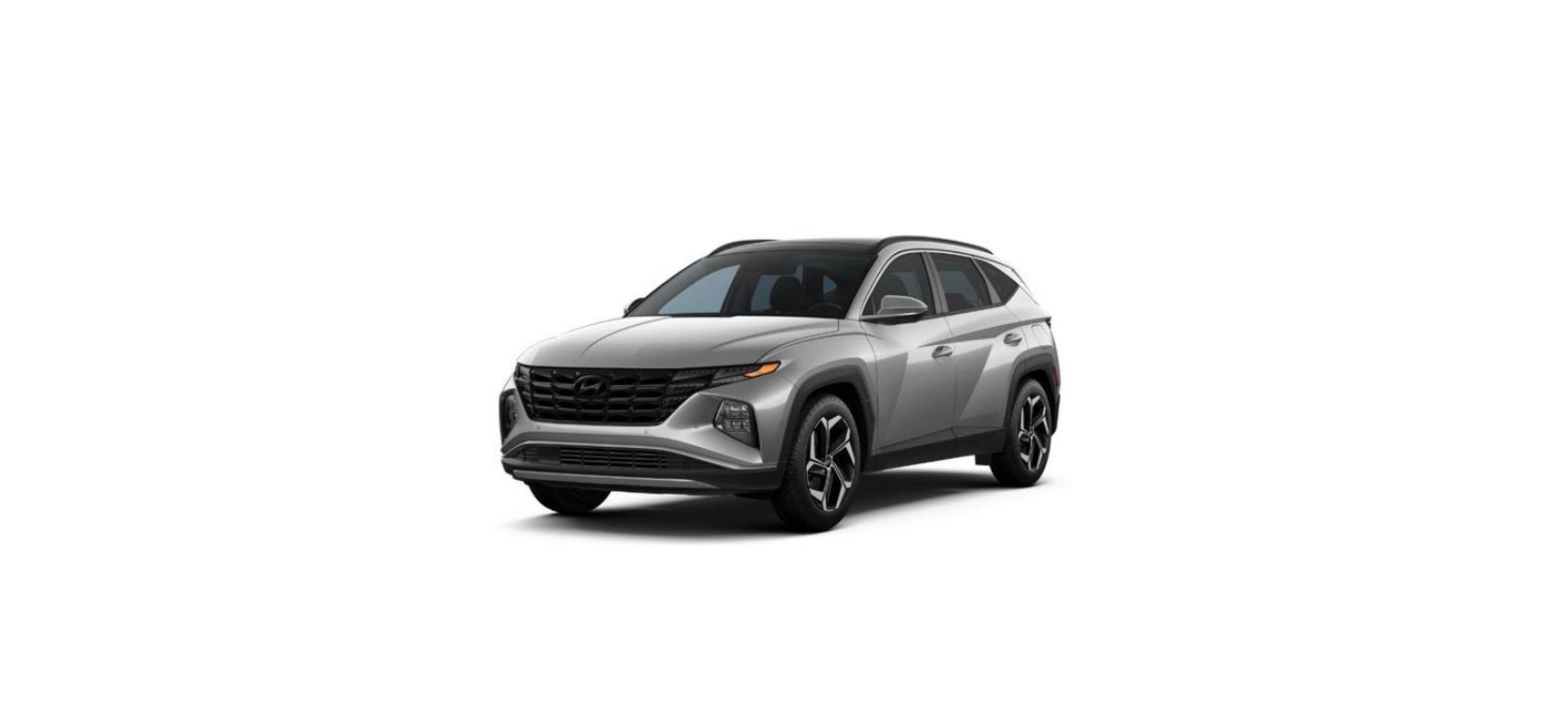2022 Hyundai Tucson Scheduled Maintenance User Guide

EXPLANATION OF SCHEDULED MAINTENANCE ITEMS
Engine oil and filter
The engine oil and filter should be changed at the intervals specified in the maintenance schedule. If the vehicle is being driven in severe conditions, more frequent oil and filter changes are required.
Drive belts
Inspect all drive belts for evidence of cuts, cracks, excessive wear or oil saturation and replace if necessary. Drive belts should be checked periodically for proper tension and adjusted as necessary.
Information
When you are inspecting the belt, turn the engine off
Fuel lines, fuel hoses and connections
Check the fuel lines, fuel hoses and connections for leakage and damage. We recommend an authorized HYUNDAI dealer replace any damaged or leaking parts immediately.
Fuel filter
The fuel filter is considered to be maintenance free but periodic inspection is recommended for this maintenance depending on fuel quality. If there are some important matters like fuel flow restriction, surging, loss of power, hard starting problem etc., replace the fuel filter immediately. We recommend that you consult an authorized HYUNDAI dealer for details.
Vapor hose and fuel filler cap
The vapor hose and fuel filler cap should be inspected at those intervals specified in the maintenance schedule. Your HYUNDAI dealer will help to determine if a replacement is needed.
Vacuum crankcase ventilation hoses
Inspect the surface of hoses for evidence of heat and/or mechanical damage. Hard and brittle rubber, cracking, tears, cuts, abrasions, and excessive swelling indicate deterioration. Particular attention should be paid to examining those hose surfaces nearest to high heat sources, such as the exhaust manifold. Inspect the hose routing to ensure that the hoses do not come in contact with any heat source, sharp edges or moving component which might cause heat damage or mechanical wear. Inspect all hose connections, such as clamps and couplings, to make sure they are secure, and that no leaks are present. Hoses should be replaced immediately if there is any evidence of deterioration or damage.
Air cleaner filter
We recommend that the air cleaner filter be replaced by an authorized HYUNDAI dealer.
Spark plugs
Make sure to install new spark plugs of the correct heat range. When installing new spark plugs, be sure that the ignition coils are clean and free of any oil or debris. Clean and wipe off the bottom portion of the ignition coil in order to prevent any contamination with the spark plug during installation.
WARNING
Do not remove spark plugs from the vehicle when the engine is hot. You may damage the engine and may also risk burn injury.
Cooling system
Check cooling system components, such as a radiator, coolant reservoir, hoses and connections for leakage and damage.
Replace any damaged parts.
Engine coolant
The coolant should be changed at the intervals specified in the maintenance schedule.
Engine coolant/water-cooled intercooler coolant
The coolant should be changed at the intervals specified in the maintenance schedule.
Automatic transmission fluid
The automatic transmission fluid level does not need to be checked under normal usage conditions. We recommend that the automatic transmission fluid be changed by an authorized HYUNDAI dealer according to the maintenance schedule.
Information
- The automatic transmission fluid color is red when new.
- As the vehicle is driven, the automatic transmission fluid will begin to look darker.
- This is a normal condition. It does not need to be replaced based on the color change.
NOTICE
- The use of a non-specified fluid could result in transmission malfunction and failure.
- Use only specified automatic transmission fluid. (Refer to the “Recommended Lubricants and Capacities” section in chapter 2.)
Brake hoses and lines
Visually check for proper installation, chafing, cracks, deterioration, and any leakage. Replace any deteriorated or damaged parts immediately.
Brake fluid]
Check the brake fluid level in the brake fluid reservoir. The level should be between the MIN and the MAX marks on the side of the reservoir. Use only hydraulic brake fluid conforming to DOT 4 specifications.
Parking brake
Inspect the parking brake system including the parking brake lever and cables.
Brake discs, pads, calipers, and rotors
Check the pads, the disc, and the rotor for any excessive wear-out. Inspect calipers for any fluid leakage. For more information on checking the pads or lining wear limit, refer to the HYUNDAI website. (http://service.hyundai-motor.com)
Drive Shaft and Related
Check the driveshaft, boots, clamps, rubber couplings, and center-bearing rubber for cracks, deterioration, or damage. Replace any damaged parts and if necessary, repack the grease.
Suspension mounting bolts
Check the suspension connections for looseness or damage. Retighten to the specified torque.
Steering gearbox, linkage & boots/lower arm ball joint
With the vehicle stopped and the engine off, check for excessive free-play in the steering wheel. Check the linkage for bends or damage. Check the dust boots and ball joints for deterioration, cracks, or damage. Replace any damaged parts.
Air conditioning refrigerant
Check the air conditioning lines and connections for leakage and damage.
